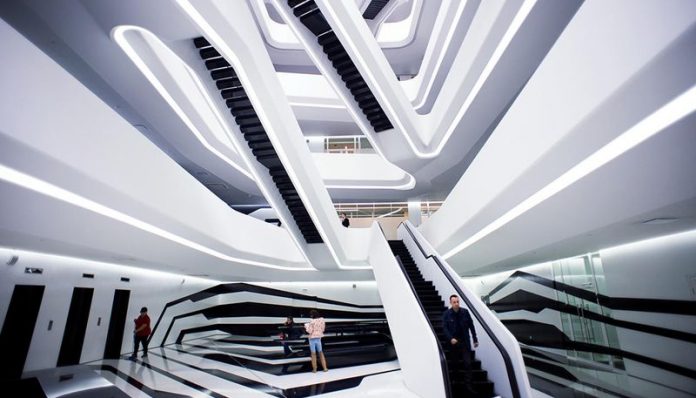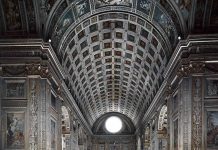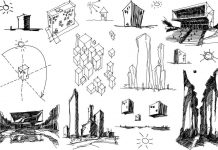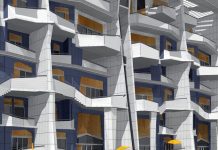Architecture (at least, the area in which we are currently interested in) is part of the “art of life”. Ideas expressed by architectural means are not something inviolable, permanent. On the contrary, they are constantly being revised and adjusted, in connection with new tasks, or in favor of artistic ambitions. And this is necessary in order to cause an emotional reaction in the audience, to sharpen sensitivity and leave the possibility of development. And excessive fascination with various “isms” and trends is dangerous because we do not feel this task fully enough.
Primitive approaches and simple aesthetic solutions make us insensitive, after a while we stop noticing their monotony, we get used to them, and they become invisible to us. In other words, many architectural solutions are inexpressive from an emotional point of view, and both the creator and the consumer feel this.
In order for the art of life, embodied in architecture through its content and form, to be preserved, stereotypes must be revised. At every stage of development, humanity has appropriate aesthetic norms and appropriate styles. Each new work of art raises the question of applying norms or overcoming them, they are improved, partially destroyed or at least changed. Each work of art is associated with the approval of new norms, but it must be understood that in the future they themselves will come into conflict with the new ones and will also be corrected or canceled. Art and artists need this process — this is the condition for creating the aforementioned “art of life”.
I want to draw attention to another interesting phenomenon: when a work of art is completed, only that is visible. how it differs from the environment, not what it will bring to society in the future. Only after the passage of time it will be possible to evaluate it as an integral part of the whole. Over time, the alienness of the newly created form disappears, it becomes part of the environment.
We believe that any change, interpretation or modification of the form (whatever we call it) requires respect and a deep study of what is discarded, interpreted or changed. After all, the sprouts of new ideas appear from existing ones. Both an artist and any work of art cannot exist without roots.”




















